Kurosawa’s own influences are both obvious and contested. They are, at once, refreshingly cosmopolitan and distinctly Japanese, a combination that simultaneously earned him a reputation for “not being Japanese enough” while also priming his films for easy international export. It was he, not his contemporaries Yasujirō Ozu or Kenji Mizoguchi, who became the first Japanese to break through onto the global scene.

He pulled equally from the tragedies of Shakespeare and Noh Theater, the moral psychology of Russian and Japanese literature, the formal might of D.W. Griffith and Eisenstein, and the seedy bowels of film noir. And as any passing Kurosawa-head knows, the director was deeply smitten with the films of John Ford. Almost all of his films, whether his crime pictures or samurai epics, use this genealogy of influence to wrangle with the social unease and search for meaning in post-war Japan. His films ask, “how do we live, when so much has been lost?” giving an existential anchor to stories like when a rookie cop’s gun goes missing, a ronin wanders to town, or a village needs protecting. Arguably no filmmaker welcomed so many cultural traditions as Kurosawa, making it seem inevitable his films, especially “Seven Samurai,” would go on to influence a near-century of future filmmakers as he inspired others to do the same.
You feel the weight of all these influences on “Seven Samurai,” starting with the plot which on the surface is disarmingly simple, but deceptively works as a complex morality play. We meet an impoverished village beset by bandits, and they seek a group of warriors to defend their town from the oncoming attackers. The head of this warrior troupe is Kambei (Takashi Shimura), a wise but weary ronin (a samurai with no master) who recruits a diverse ensemble that ranges from the lethal swordsman Kyūzō (Seiji Miyaguchi) to the lovelorn aspiring samurai Katsushirō (Isao Kimura), who falls for a villager’s daughter.
The most famous is Toshiro Mifune’s Kikuchiyo, among the great rapscallions on film, who uses the turbulent era in which the film is set to climb the caste ladder and become samurai, mostly by pretending to be one (his comic vulgarity is a clear pull from the supporting characters of Ford’s films, as is how he slowly grows in emotional weight). Together, they arrange a geometric defense of the town, like the flooding of a field to protect one angle of attack, or the building barricades on another, and so on. It is a few against many, and they seek to even the odds by narrowing the enemy’s points of attack, the Battle of Thermopylae set in fields of Japanese lilies and rice. The rain-soaked siege is one of the great action sequences put to film, exhilarating as hell and vibrating with what Lumet called the full “Kurosawa Sound.” Every carefully planted character moment, every thematic seed, comes into transcendent blossom.


























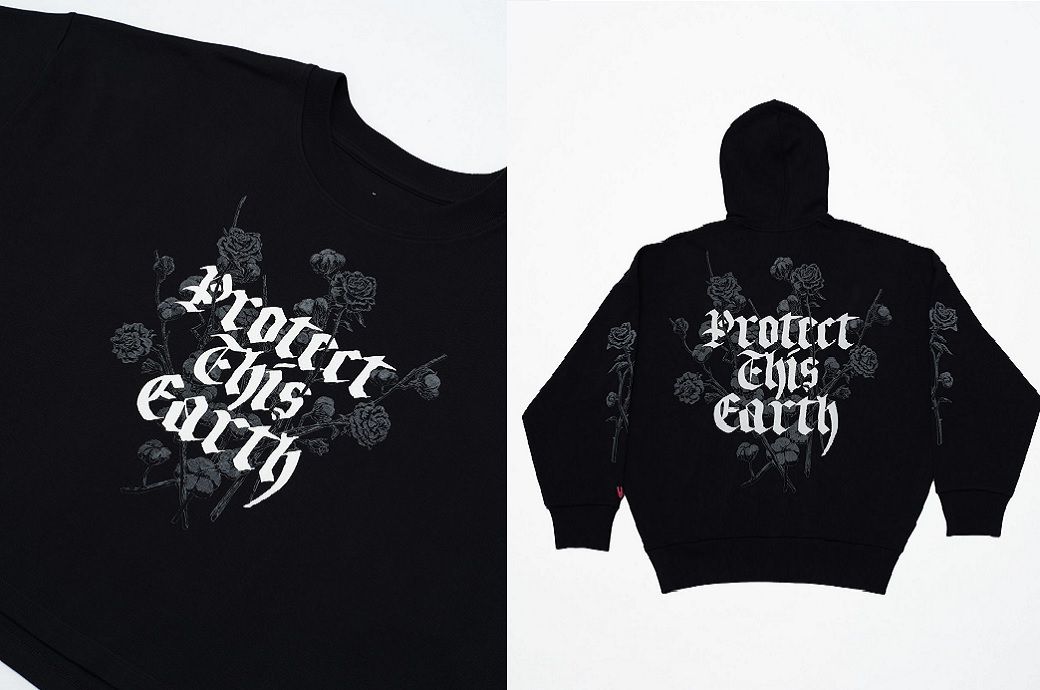










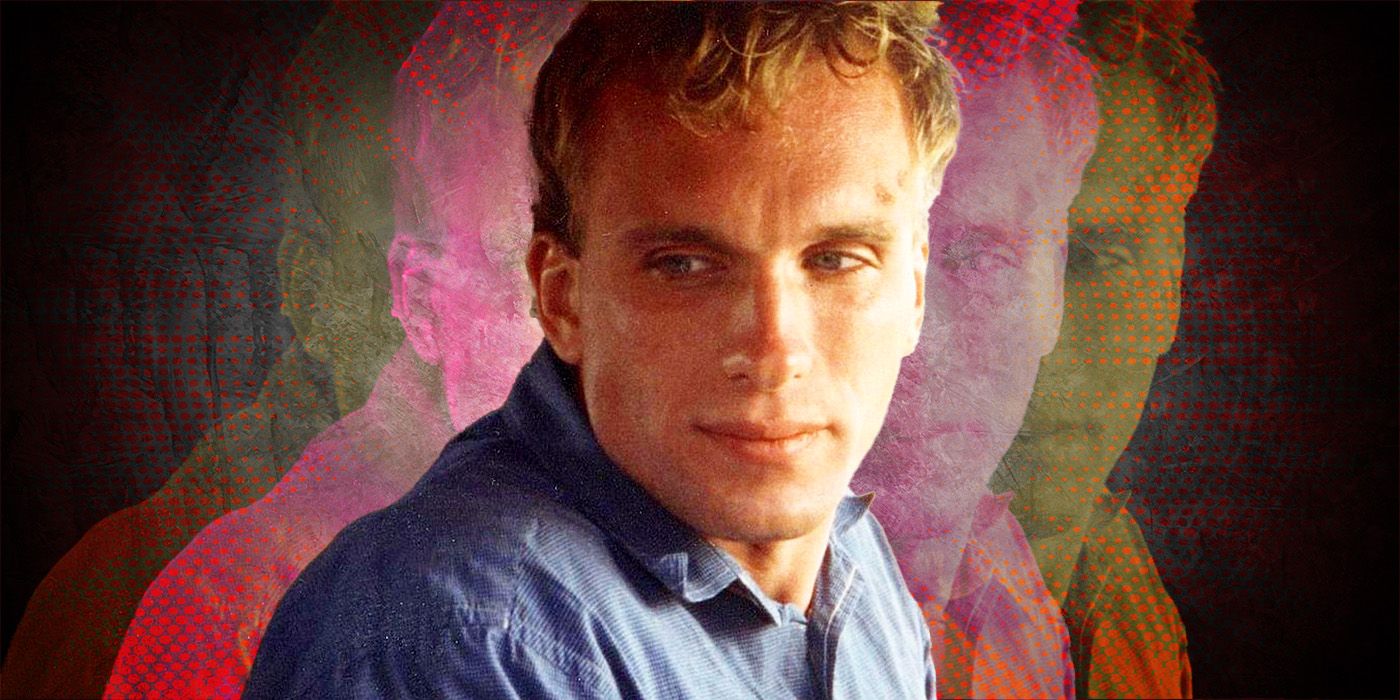


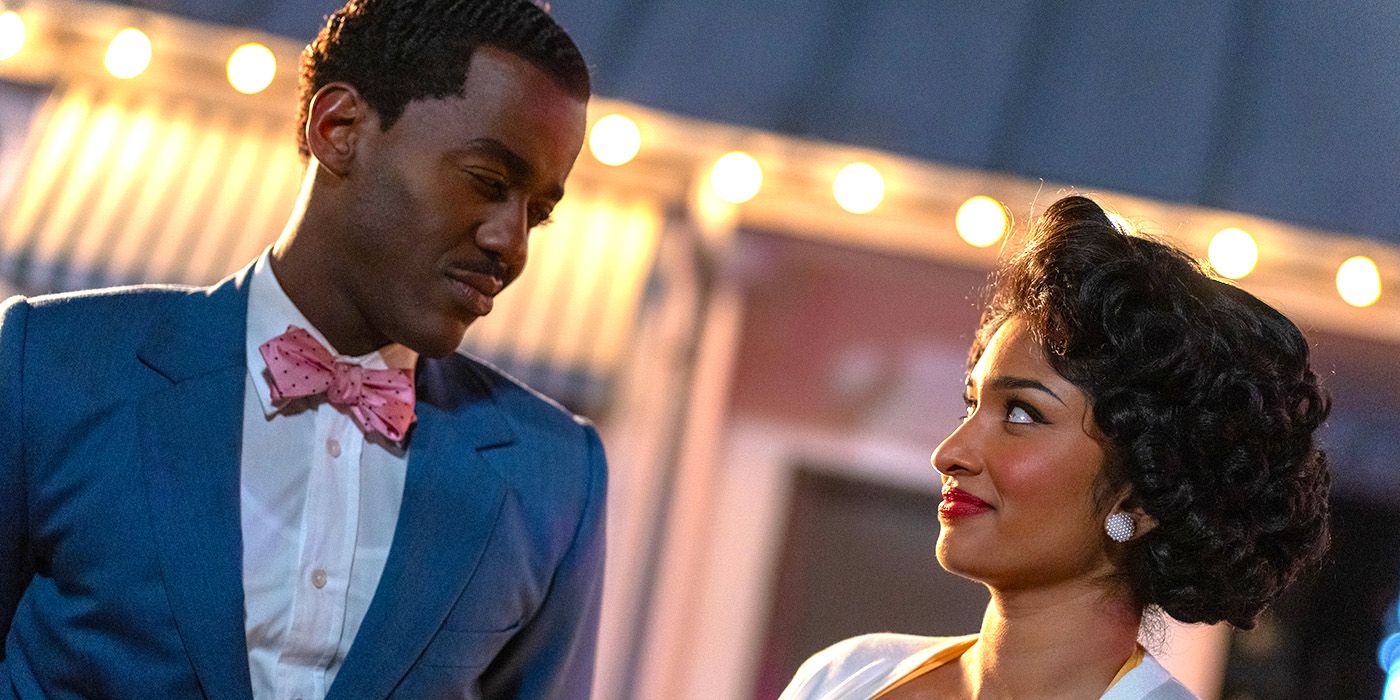


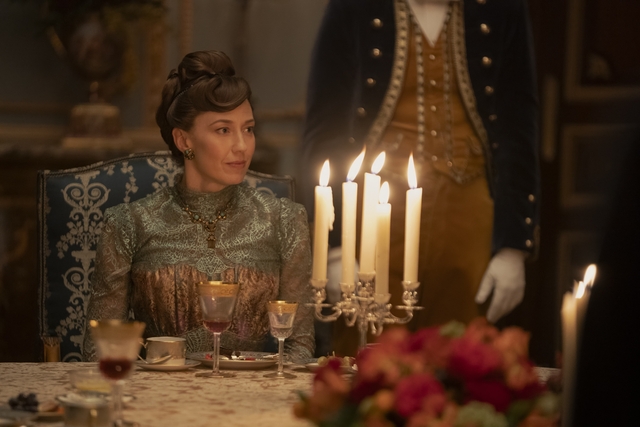



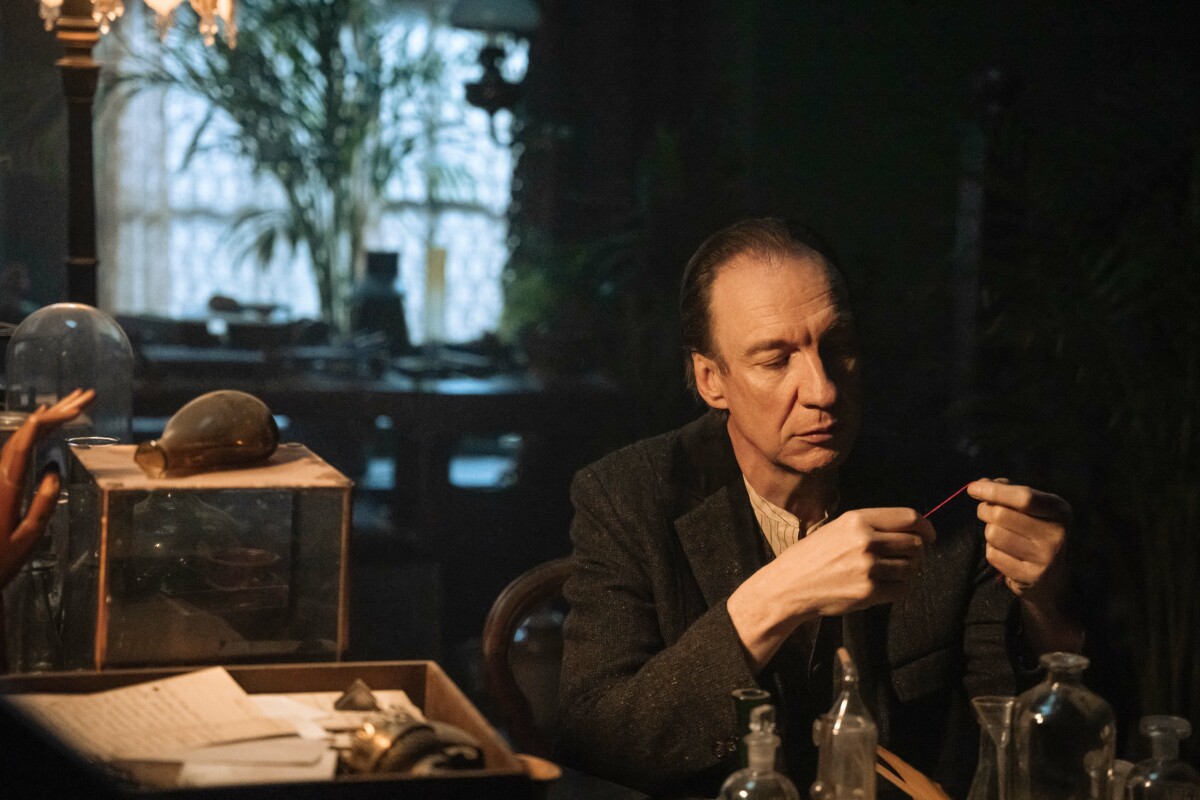


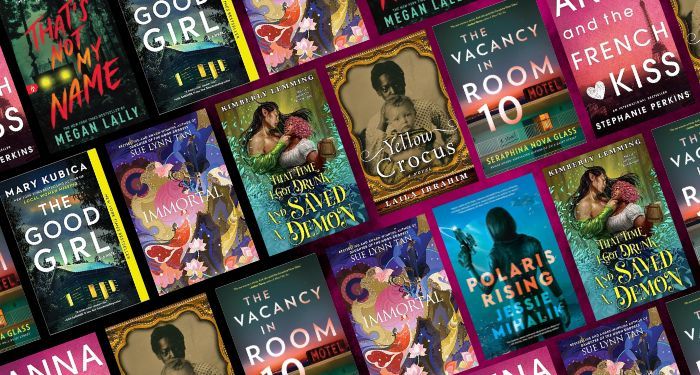



![7 Days, 7 Posts: A Simple Strategy to Grow on LinkedIn [Infographic] 7 Days, 7 Posts: A Simple Strategy to Grow on LinkedIn [Infographic]](https://imgproxy.divecdn.com/7epzwm9-fB6KXqQAejiRwM9a7W7L7TDsZIpMgqiNbSc/g:ce/rs:fit:770:435/Z3M6Ly9kaXZlc2l0ZS1zdG9yYWdlL2RpdmVpbWFnZS9zdGFydF9wb3N0aW5nX2xpbmtlZGluMi5wbmc=.webp)














